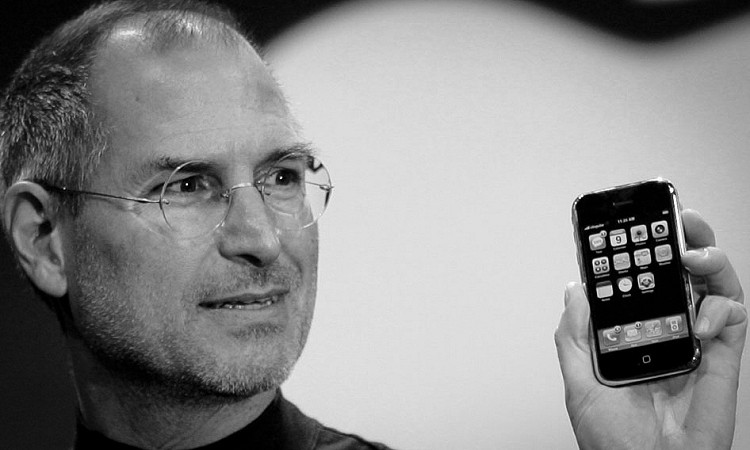It's been exactly two years to the day since Apple co-founder Steve Jobs died. He was many things to many people at many different places but to most, he is known for creating the iPhone and jumpstarting a smartphone revolution that has forever changed how we communicate on the go.
Publically, it all started on January 9, 2007, when Jobs unveiled the original iPhone at the Macworld conference in San Francisco. What may have looked like an ordinary 90-minute presentation from Jobs was anything but for those behind the scenes. According to Andy Grignon, a senior engineer with Apple at the time, it was practically a miracle.
Unlike other Silicon Valley companies that host canned onstage product demos, Jobs insisted on performing a live presentation. The problem with that was the iPhone at that time - well, the hundred or so that were in existence - were riddled with bugs. For example, the phone could play a section of audio or video but not an entire clip without crashing. If you sent an e-mail then surfed the web, it would work. Do that step in reverse and it's likely to crash.
This meant the development team had to come up with what they called the golden path - a series of specific tasks performed in a specific order that would be least likely to cause the phone to malfunction. And to combat the issue of getting a reliable cell signal in a room filled with tech journalists, Jobs had Cingular Wireless (now owned by AT&T) bring in a portable cell tower. With his approval, the phones were then programmed to always show five bars of signal strength regardless of true signal strength.
All of that aside, there was still a huge hurdle to overcome. The original iPhone only had 128MB of memory and because the apps weren't finished, they were all still big and bloated. That meant the handset often ran out of memory and would have to be restarted to free up the RAM. To get around this limitation, Jobs used multiple iPhones on stage - when one ran low on resources, he'd swap it out while the first was restarted.
Jobs practiced his presentation for five days leading up to the launch and according to Grignon, he rarely saw the CEO make it through the 90-minute set without a glitch. Yet on the one run that mattered the most, Jobs pulled off the presentation without incident in front of the world and the rest, as they say, is history.
